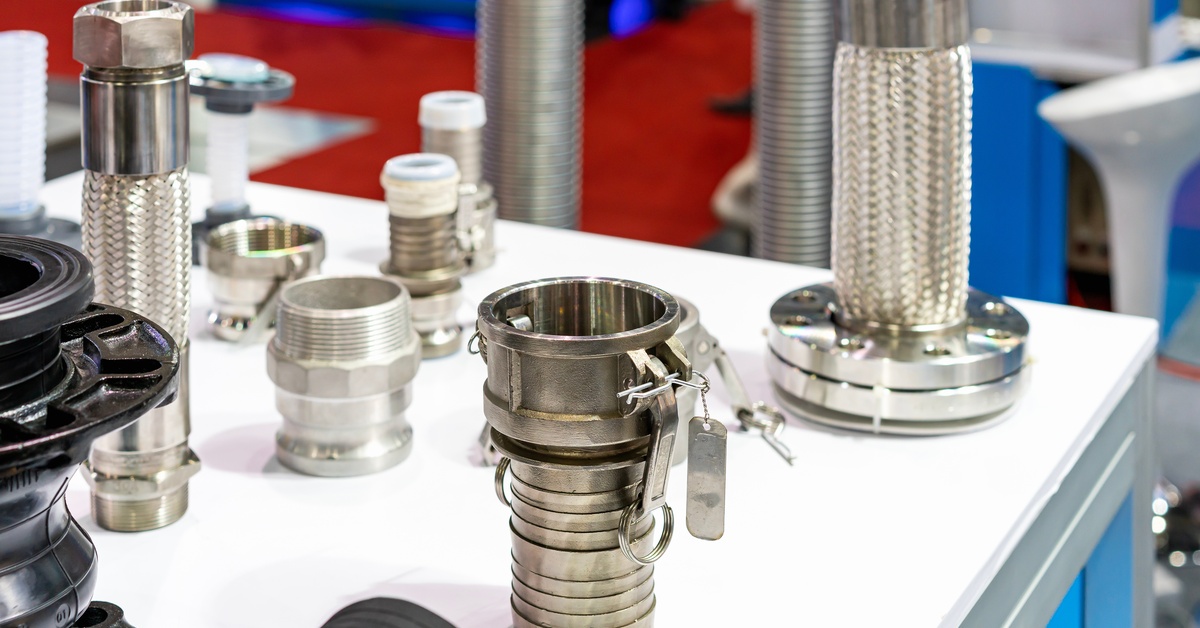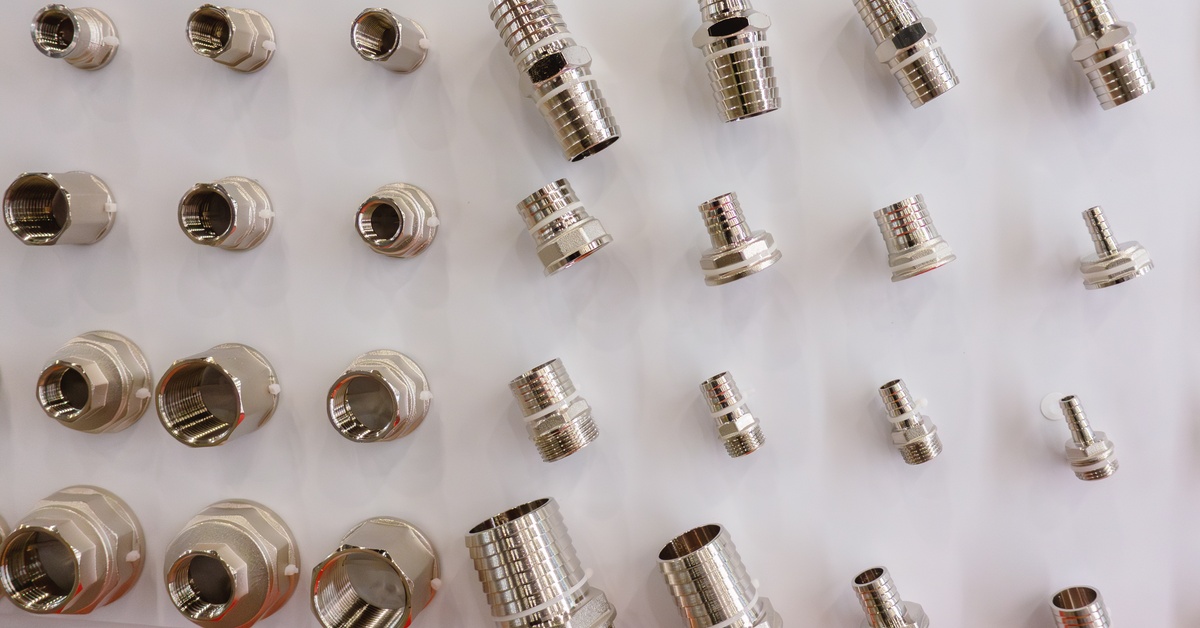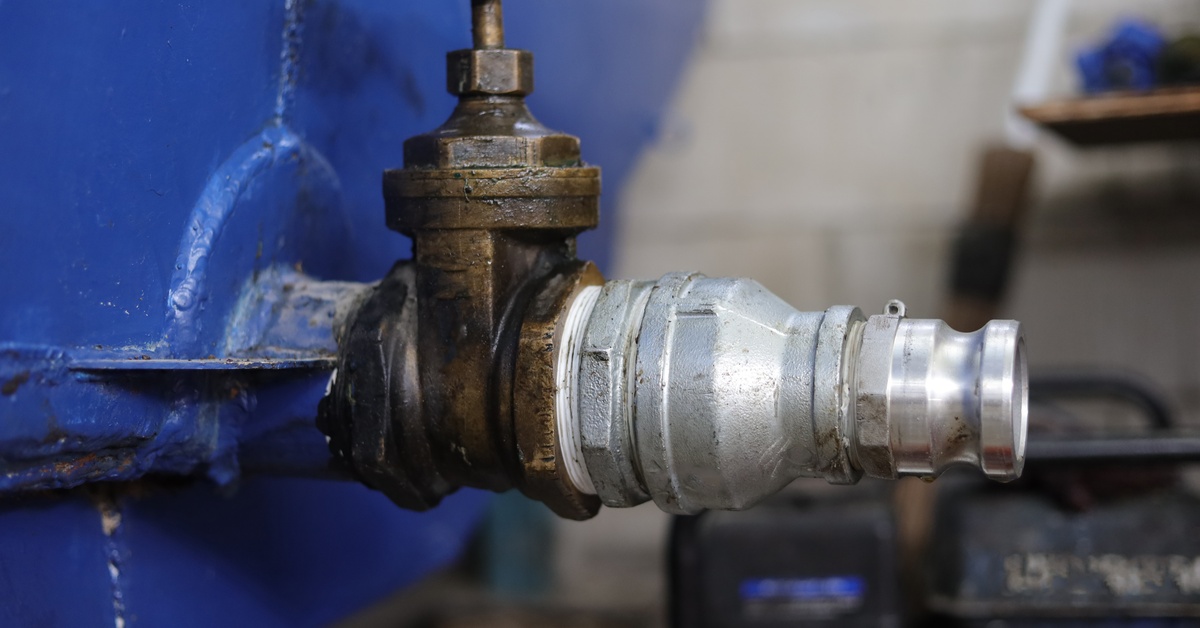
Camlock connectors, also known as cam and groove couplings, are an essential component in many industries, particularly for fluid transfer. These connectors provide practical, efficient, and reliable solutions for connecting and disconnecting hoses.
However, despite their ease of use, improper handling or the lack of understanding around their operation can lead to costly mistakes, inefficiencies, and safety hazards. This guide from Varco Supply will walk you through the most common mistakes professionals make when working with camlock connectors and explain how to avoid them. We’ll provide a clearer understanding of the challenges to look out for when using camlock connectors and how to leverage best practices for a seamless operation.
Understanding how camlock connectors work and ensuring you’re using them correctly is vital for maintaining operational efficiency and workplace safety. Camlock connectors are quick-release couplings designed to allow for the efficient connection of hoses or pipes. The mechanism involves cam arms that lock into place, securing the coupling and minimizing the risk of leaks.
Known for their adaptability and ease of use, camlocks come in a variety of materials such as stainless steel, brass, aluminum, and polypropylene. Choosing the right type of camlock is essential to optimize the performance of your fluid transfer systems, as each material has specific strengths suited for certain applications.
Camlock connectors are versatile, making them suitable for both industrial and commercial applications. These connectors often assist in the transferring of liquids, gases, and powders across various industries, including petroleum, chemical processing, and agriculture.
The couplings are common parts in fuel handling systems, where they connect hoses to tanks and pumps for the seamless transfer of gasoline, diesel, or other flammable liquids. In the chemistry industry, their secure locking mechanism helps prevent leaks when transporting potentially hazardous fluids.
Agriculture is another sector that heavily relies on camlock connectors for building irrigation systems and chemical distribution. Food and beverage production systems often prefer stainless steel camlocks due to their ability to comply with hygiene standards. Their wide range of applications shows how important it is to use them with operational safety and efficiency.
Understanding the limitations and best practices of camlock connectors can help prevent errors that disrupt operations or compromise safety. Avoiding the following mistakes will ensure smoother workflows and more secure fluid transfer.

One of the most common mistakes is using camlock connectors of the wrong size. An improperly sized connector can lead to leaks, pressure loss, or failed connections, which could all disrupt operation and create safety risks.
Precision is critical when selecting camlock sizes, as they range in diameters from ½ inch to 12 inches and accommodate different levels of fluid flow. Compare camlocks with the dimensions of your hoses or piping before purchasing.
Each material used in manufacturing camlock connectors has unique properties. Not taking material compatibility into account is a common and costly mistake. For instance, aluminum camlocks are lightweight and affordable but not suitable for acidic or corrosive environments, while stainless steel connectors offer high corrosion resistance and durability. Matching your camlock materials to the substances being transported and the environmental conditions is key to their longevity and performance.
Every camlock connector has specified pressure and temperature limits. Ignoring these thresholds can lead to malfunctions or even dangerous failures.
For example, polypropylene camlocks are not suitable for high-temperature applications, while stainless steel options can withstand extreme heat. Always ensure your connectors meet both the pressure and temperature requirements of your system to avoid operational hazards.
Improper installation practices can undermine the effectiveness of camlock connectors. Failing to align the coupler and adapter correctly or neglecting to secure the cam arms firmly can result in leaks or catastrophic disconnections.
Over-tightening the connection is another frequent error. Although camlocks are designed for quick and secure coupling, applying excessive force can damage the gasket or distort the cam arms, ultimately compromising the connection’s integrity.

Like any mechanical component, camlock connectors require regular maintenance to function optimally. Neglecting to inspect for wear and tear, dirt buildup, or damage to the cam arms and gaskets can result in premature failure.
Ensure that you periodically clean the connectors and inspect the locking mechanism to identify any potential issues before they escalate. Regular maintenance will reduce the risk of leaks and prolong the lifespan of your camlocks.
Purchasing low-quality camlock connectors is a gamble with safety and performance. Poorly made connectors may lack the durability or precision required for a secure fit, leading to frequent replacements or system failures.
Prioritize reputable suppliers who offer high-quality products that meet industry standards. Spending slightly more upfront can save you from significant costs and downtime in the long run.
Proper installation and usage of camlock connectors can ensure seamless operations and reduce the likelihood of errors. Always start by cleaning the connector and hose to remove dust and debris that could interfere with the seal. Match the coupler and adapter carefully, ensuring a snug fit before securing the cam arms into place. Avoid overtightening, as the design already guarantees a leak-proof connection when properly locked.
Additionally, confirm that all materials used are compatible with the substance being transferred and that the pressure and temperature conditions fall within the connector’s specified limits. Regularly maintain and inspect your camlocks, replacing any worn-out gaskets or damaged components as needed. Keep a log of maintenance and replacements so you know when to expect your next round of repairs.
Ensuring the quality of your camlock connectors is non-negotiable for a well-functioning system. For reliable and premium connectors, consider purchasing from trusted suppliers like Varco Supply.
With a strong reputation for quality and customer service, Varco Supply offers a wide range of camlocks suitable for various applications. Explore our inventory and find the perfect camlock hose fittings tailored to your operational needs.
Avoiding these common mistakes when using camlock connectors will protect your systems from failure and improve overall efficiency and safety. From selecting the right size and material to ensuring proper installation and maintenance, attention to detail plays a crucial role in the successful use of camlock connectors.
Invest in high-quality products, follow best practices, and don’t hesitate to consult reputable suppliers like Varco Supply for your needs. Understanding camlock connectors now can save you from costly errors and downtime later, ensuring smooth and reliable fluid transfer for your operations.